What’s in Your Live Fire Library?
Here's what's in mine.
Maybe no one younger than I am does this anymore, but as I have delved deeper and deeper into grilling and barbecue I have consulted some key books to gather equipment, technique, and recipe ideas. Maybe everyone else just pulls from Google, TikTok, or I don’t know what, but I still like old-fashioned paper. And if the book is no good it can always go in the bottom of the chimney starter.
Here, I’m just going to go through the books that have helped me along the way. Most I have used primarily to get foundational information and the recipes have been secondary. I have certainly used some recipes, but painting-by-numbers siphons a bit of the fun out of cooking for me. I’d rather try my own ideas and see how they work out, while, of course, those eating the food would rather I use recipes.
The book I started with was The Cook’s Illustrated Guide to Grilling and Barbecue. It doesn’t have a lot of dazzling photographs—black and white sketches are this book’s thing—and it’s pretty wordy, but it provides a lot of information and takes you through the authors’ own trials and errors to explain what does and does not work for all kinds of meat and other grillables. Of course, you can only have one first book, so maybe there are better primers out there, but this one definitely worked to get me started.
Next, I acquired what I would guess is the best known of all grilling and BBQ books: Steven Raichlen’s Barbecue Bible. This recipe-packed pub has lots of tantalizing, full-color food pics and is a terrific trip around, as Raichlen loves to say, “Planet Barbecue.” I have used a lot of recipes from this book—I’ll never forget that it introduced me to onion water as a marinade—but it’s also an excellent inspiration for your own ideas. In addition, you can’t go wrong watching Raichlen’s many PBS shows over the years, from Barbecue University to Planet Barbecue.
Once you’ve got basic grilling and barbecue down, you might want to try something a bit different. For me, early on, that was plank grilling. For that I got the not-so-whimsically titled Plank Grilling Cookbook. In keeping with the title, the content is straightforward – introductory material on walking the plank and a bunch of recipes. Not everything has to be an entertainment bonanza, and this book did what I wanted: showed me how to competently cook on a plank of wood. I don’t plank grill a lot—planks aren’t cheap, I don’t like reusing them, and I don’t think they add a ton of flavor—but cedar plank grilled salmon is quite tasty. It will also impress your friends as you deliver everyone’s dinner on its own mini table. That is, of course, assuming you have friends. Which I don’t.
If you watch a lot of BBQ television—and honestly, who doesn’t—you have no doubt encountered Melissa Cookston, “the winningest woman in barbecue,” cohost of Netflix’s Barbecue Showdown, and a staple of other barbecue shows I’ve watched through the years. I have her Smokin’ in the Boys’ Room, which features some of the most striking food photos I’ve seen and gives you great ideas of ingredients you can add to things like pork butt to make them over-the-top good. There’s a little too much jumping around to different sections of the book to assemble components such as rubs and sauces, but it is a great source to elevate your Q. And the binding—not a piddling concern for a cookbook, especially that requires a fair amount of page-flipping—is sturdy and designed to stay on your page as you work. (The publishers of The Barbecue Bible, at least the edition I have, could learn from this.)
Next comes Meathead Goldwyn’s Meathead: The Science of Great Barbecue and Grilling. If you like to see cooking myths busted, this is the book for you. Did you know searing doesn’t really “lock in the juices”? I didn’t until I read Meathead. Or that marinating is basically worthless on most things other than fish and some veggies? There’s almost no penetration. Much of this is also on Goldwyn’s website, AmazingRibs.com, but it is great to have it all in one book that you can grab the night before a big cook and just mull. Meathead has recipes, but I don’t think they are the focal point. The science is. My only complaints are (1) there is a bit of jumping around, like Cookston’s book, and (2) for a long time I looked at the cover photo and thought, “Is that thermometer stuck in his arm? Doesn’t that hurt?”
Take a look. Tell me you don’t see the same thing.
I’ve got other books that I use less often. Raichlen’s Best Ribs Ever is a nice, physically narrow volume focused on, you guessed it, ribs. Early on I used its reproduction of the Greek-inspired, direct-grilled ribs from the famous Rendezvous in Memphis. I also tried Raichlen’s coffee rub. But when I fire up ribs I typically stick with classic Kansas City style just because that’s what I’m hankering for when I’m hankering for ribs.
I also was gifted Get Smokin’: 190 Award-Winning Smoker Oven Recipes. It’s got a lot of interesting recipes, but it seems to be geared toward restaurateurs, or at least people feeding a fair number of folks. One of the primary experiences I associate with it is doing math – reducing from large scale to feed-my-family size. I mean, I like coleslaw, but starting with a gallon of mayo means you either really like coleslaw or you are cooking for a crowd.
So what have been your formative or go-to grilling and BBQ books? Or is using dead trees to learn how to cook with dead trees too outdated for you?


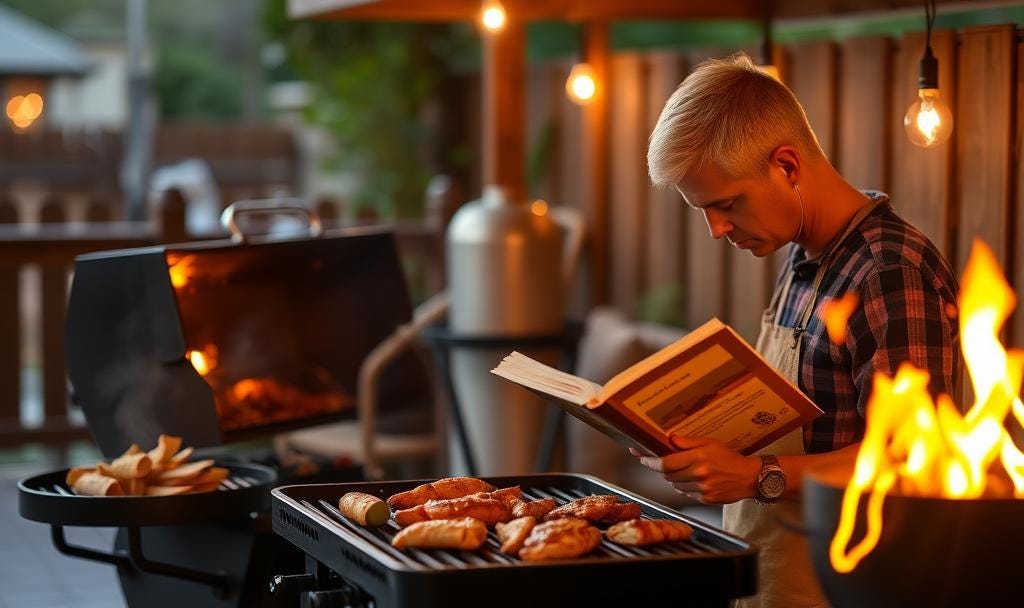

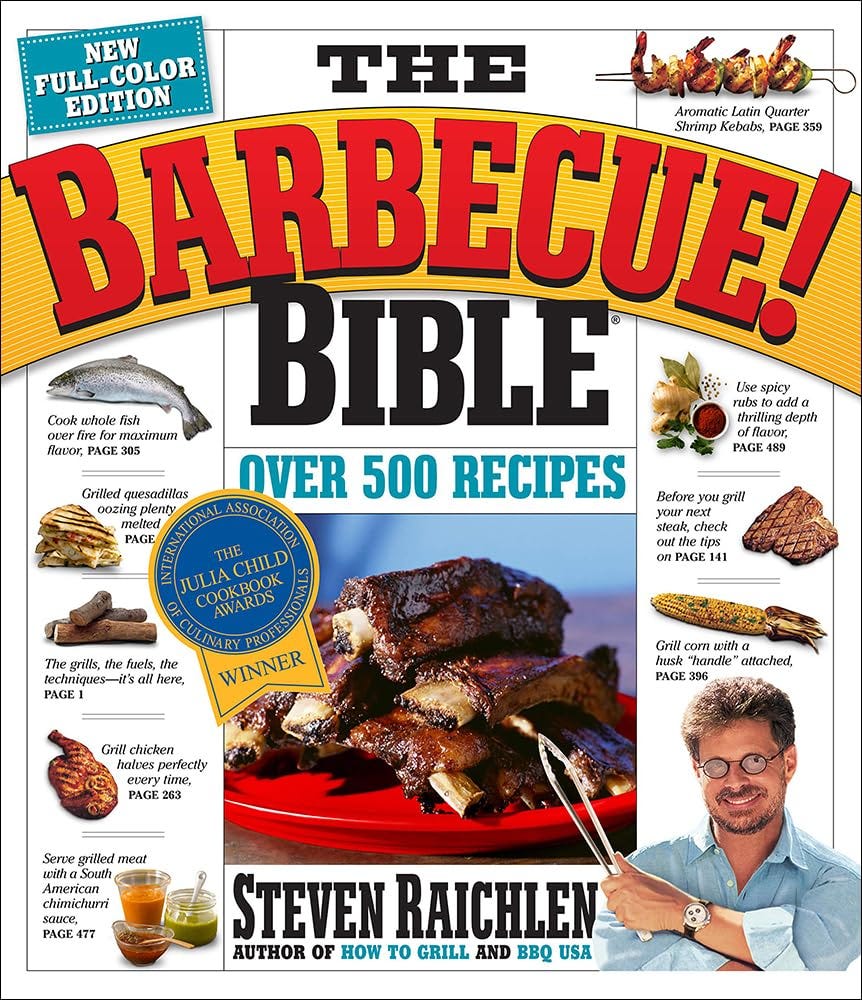
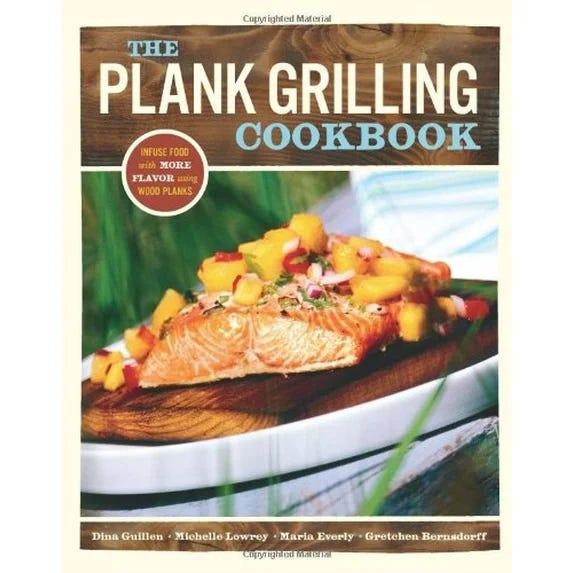
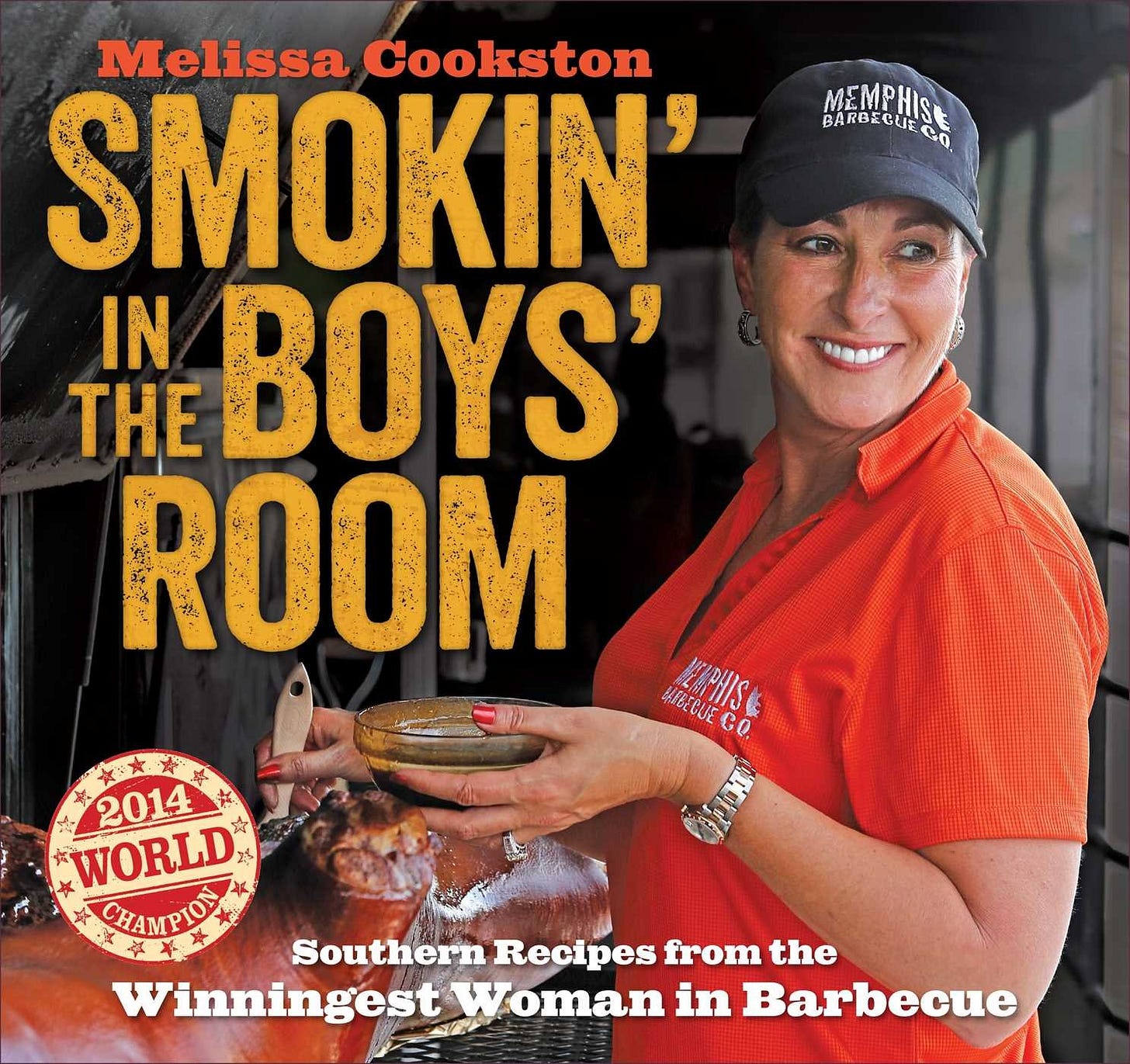
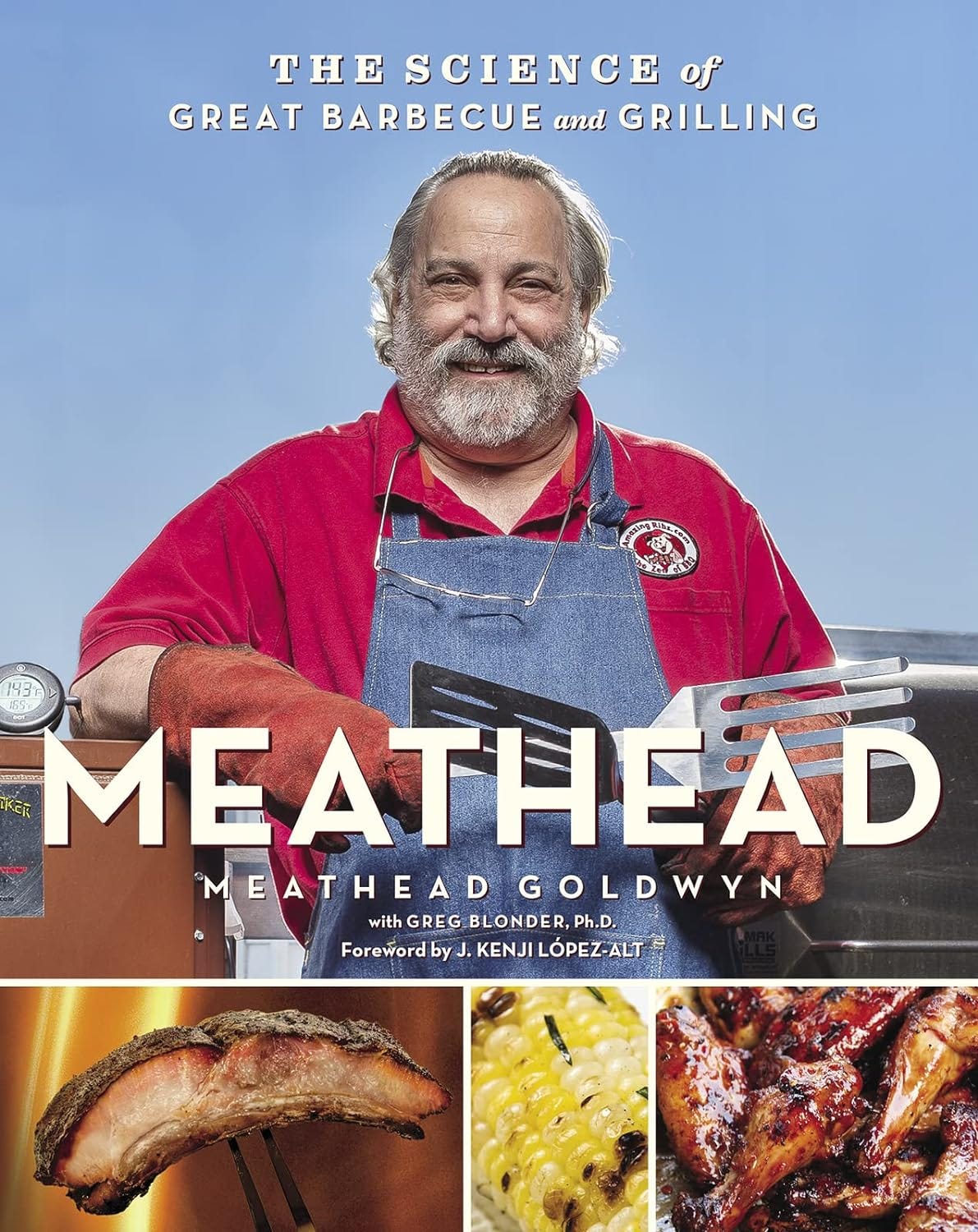
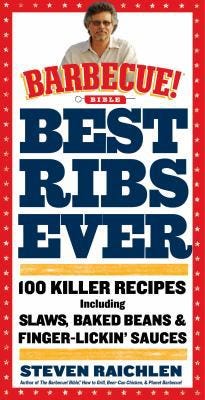
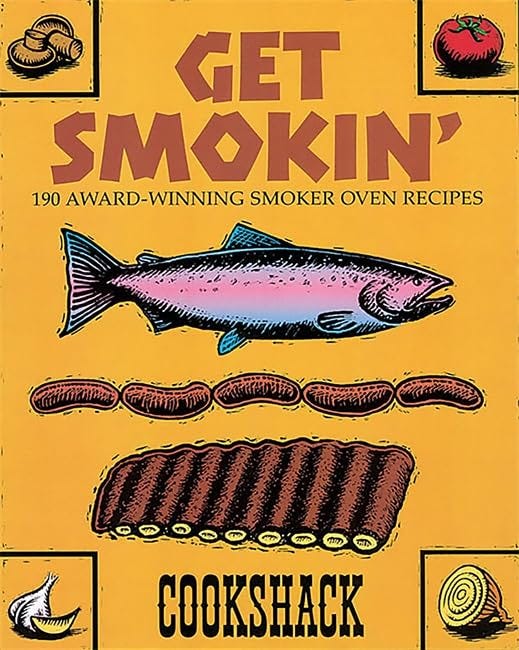
I have a Raichlen book on ribs that has a recipe for Maple-Glazed Ribs, which are still my favorite 20 years later. I imagine it's in your book. I don't make them often because maple sugar and syrup are expensive. But anyone who likes ribs and has a sweet tooth, I highly recommend. Add chili powder to the rub to give it some sweet heat.